Book of the Month: feest
Book of the Month: feest
Ed van der Elsken
November 19, 2020
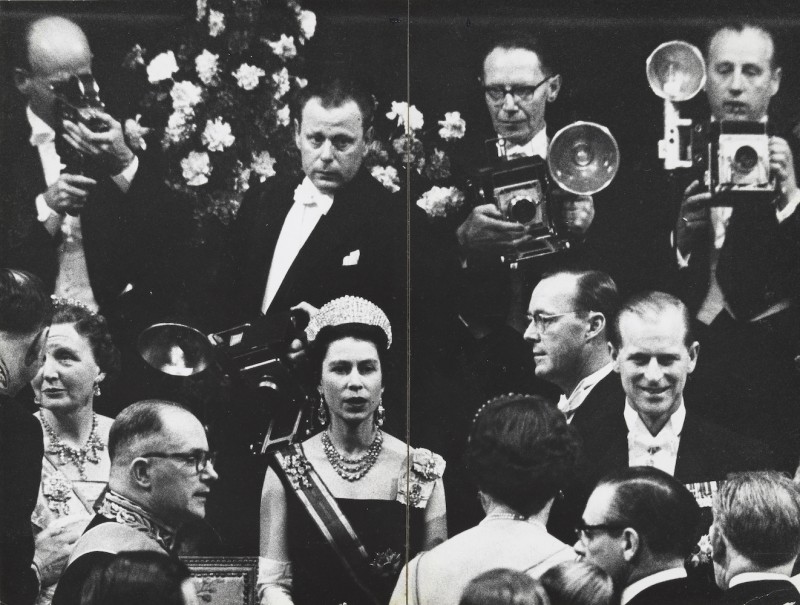
State visit of the British Queen Elizabeth and her husband, Prince Philip, to the Netherlands, Ridderzaal, The Hague 26 March 1958 © Ed van der Elsken
Considering the current restrictions on conviviality and closeness imposed by the pandemic, this book - celebrating all kinds of reasons for gathering - is all the more touching: the series of pictures found in feest show parades and carnivals, music and dance, funfairs and fireworks. The images portray moments of happiness and euphoria, and joyfully celebrate a love of life, but also include the drunkenness and early morning exhaustion that can be part of such experiences.
Taking a closer look, the viewer discovers that - in addition to pictures from Dutch locations, taken mostly in Amsterdam - there are photographs of May demonstrations and military parades in Paris, images of life from South Africa, Hong Kong and Las Vegas, and processions captured in Mexico. As a result, the book documents not only the various street scenes, but also the stations of the photographer’s life – his life in Paris from 1950 to 1954; and the world journey he took at the end of the fifties. About two thirds of the motifs were taken between 1958 and 1961, while the earliest images are dated around 1950, shortly after van der Elsken launched his career as a photographer. During that decade, he caused an uproar with the publication of other photo books. In 1956, his first book, Love on the Left Bank (original version titled Een liefdesgeschiedenis in Saint Germain-des-Prés), produced his sensational breakthrough. Jazz and, later on, Sweet Life brought together impressions from his trip around the world, and are to the present day considered important photo books, representative of a certain era.
Why van der Elsken never completed the recently rediscovered book mock-up remains a puzzling unknown. In the exciting text included in the book, the two curators speculate that, by the end of the fifties, the photographer was dissatisfied with the publishing situation. He initially had a tough time finding a publisher for Sweet Life and, around 1961, he began to concentrate primarily on film projects. When he returned again to photography at the end of the sixties – and with a Leica this time –, the moment for this particular project had passed by.
We can today look back and clearly appreciate the photographer’s direct and immediate approach, as well as the way he celebrated life in all its facets. The outcome of his work is a book that is much more than a mere chronicle of an era: it is an early example reflecting an artist’s passion for street photography, as well as a masterpiece of progressive book design. All the pictures appear unframed; and the alternation of full-page images with collections of small ones, as well as the inclusion of empty black pages, give feest a fascinating dynamism that threads its way through the book, all the way to the end. This is a book to be picked up with pleasure -- a really great discovery. (Ulrich Rüter)
Ed van der Elsken, feest, 224 pages, 188 black and white images. 17.5 x 11.5 cm. Dutch and English edition, Rijksmuseum Amsterdam.
Put together by Mattie Boom and Hans Rooseboom.
Ed van der Elsken+-
Born in Amsterdam in 1925, he began his intense involvement with photography at the end of the forties. He published over twenty photo books. After spending time in Paris and in Amsterdam, he lived out in the country near Edam from 1971, until his death in 1990. This was where his widow looked after his artistic estate, until passing it over to the Rijksmuseum Amsterdam and the Nederlands Fotomuseum in Rotterdam last year. His work archives alone include around 11,000 items. More

State visit of the British Queen Elizabeth and her husband, Prince Philip, to the Netherlands, Ridderzaal, The Hague 26 March 1958 © Ed van der Elsken

Annual fair on the Nieuwmarkt, Amsterdam 1961 © Ed van der Elsken
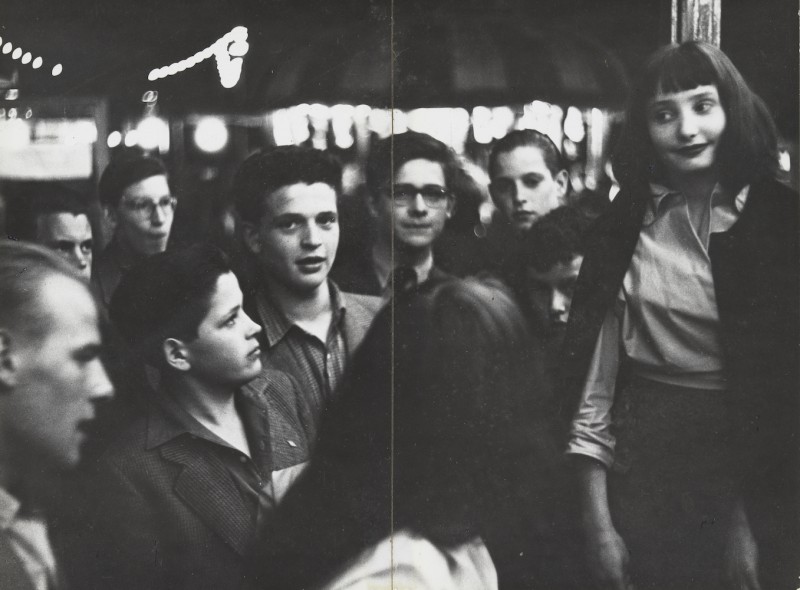
Annual fair on the Nieuwmarkt, Amsterdam, April–May 1956. Right, Sonja Kruiswegt © Ed van der Elsken
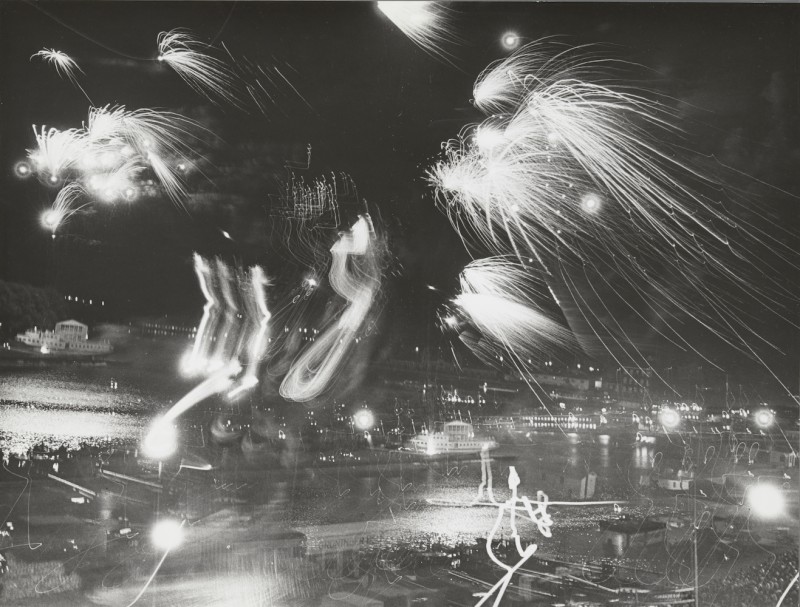
Fireworks display for Queen’s Day over the Oosterdok, Amsterdam 30 April 1959 © Ed van der Elsken
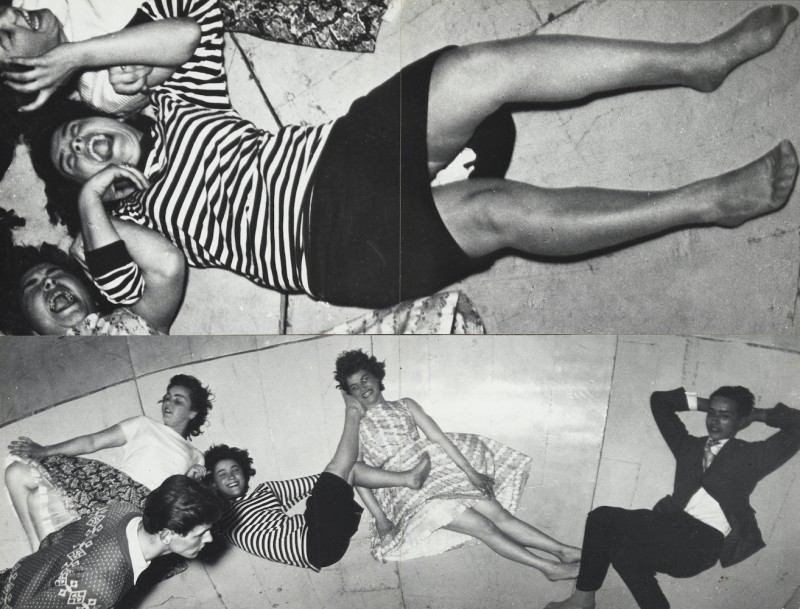
Visitors to the annual fair on the Nieuwmarkt in the spinning Cyclotron, Amsterdam April–May 1959 © Ed van der Elsken
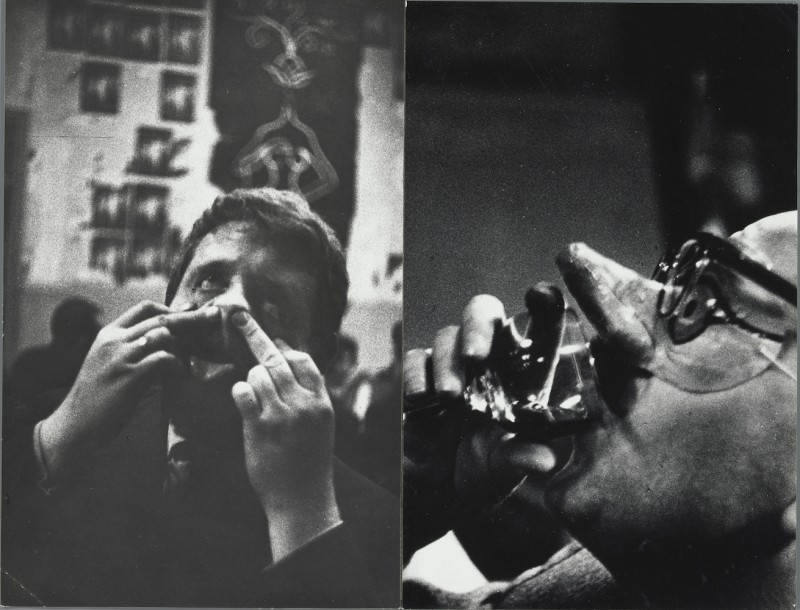
Artists’ society De Kring, Amsterdam, c. 1954–1959. Left, the cartoonist Frits Müller © Ed van der Elsken
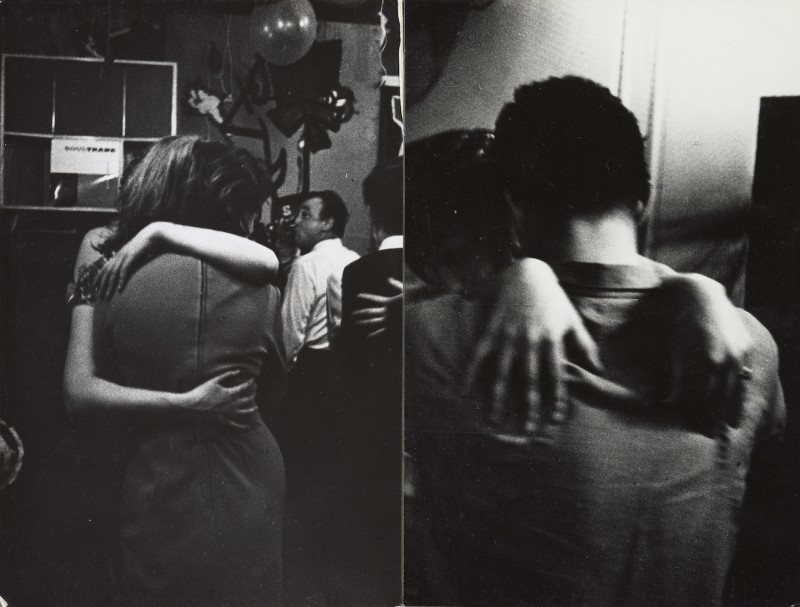
Birthday party for the Flemish writer Hugo Claus at the De Bezige Bij publishing house, Amsterdam April 1959 © Ed van der Elsken
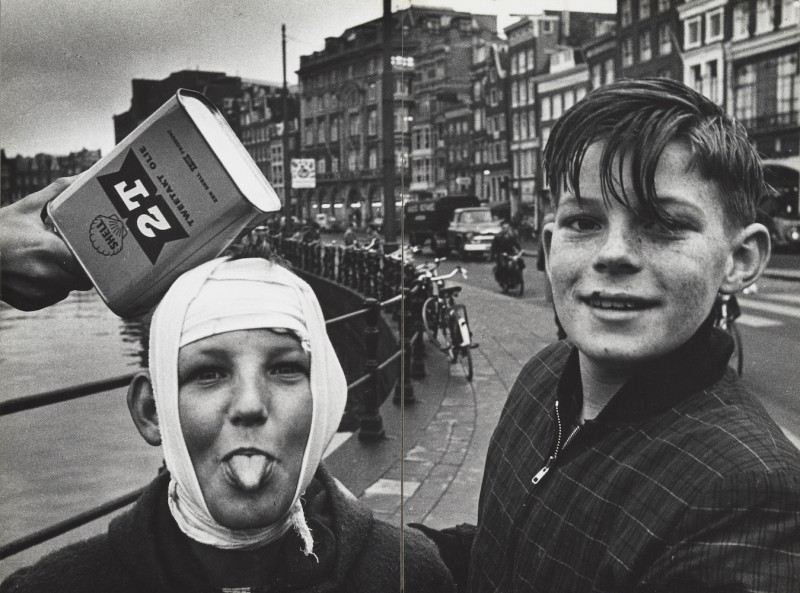
Boys on the Rokin (near the Langebrugsteeg), Amsterdam c. 1950–1960 © Ed van der Elsken
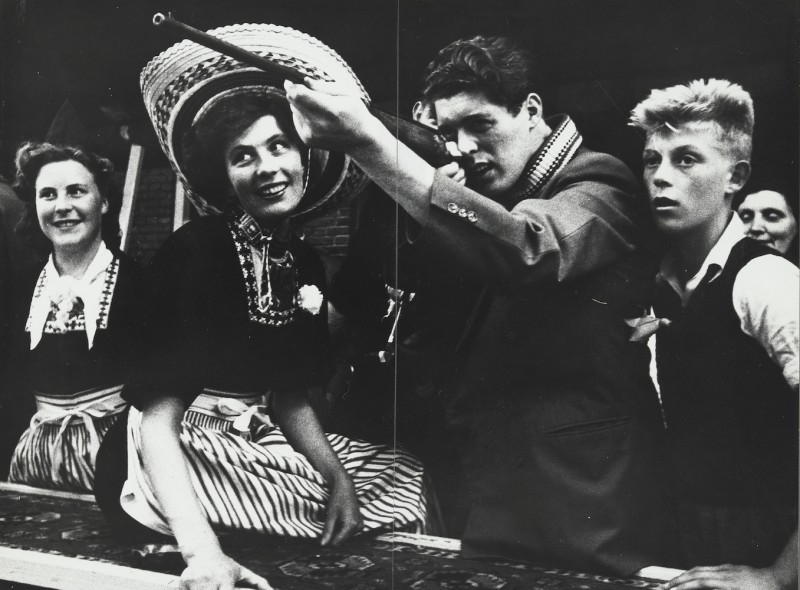
Shooting gallery at the fair in Volendam c. 1955–1956 © Ed van der Elsken
